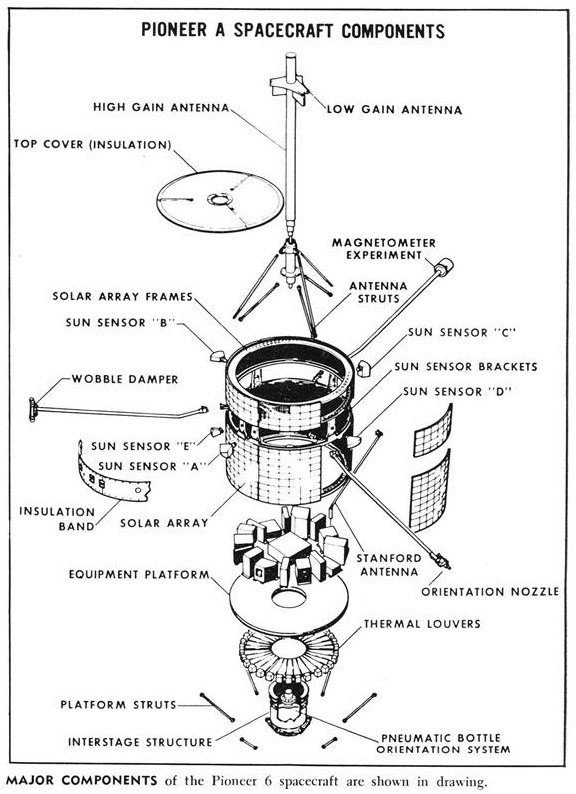
by Gideon Marcus
Monster-eyed bug
Last week, NASA released the news that the Apollo 12 astronauts brought back a fourth astronaut at the end of their flight last November. A common human germ, Streptococcus mitis to be exact, was found to have hitched a ride back with Surveyor 3's camera, after surviving some 32 months in the harsh environment of the lunar surface.

Streptococcus mitis (c) Ansel Oommen
Frederick J. Mitchell, a scientist at the Lunar Receiving Laboratory, stated that it was "notable, but not unexpected" that a bacterium might make and survive the trip to the Moon as a stowaway on a terrestrial spacecraft. Thanks to insufficient clean-room procedures, it was probably deposited on Surveyor's camera when the camera's shroud was removed for repairs and then replaced, and then launched with the soft-lander in 1967. The high vacuum of space actually freeze-dried the bug, allowing it to remain viable indefinitely.

the Surveyor 3 camera
Given that we were unable to prevent terrestrial life forms from contaminating our nearest celestial companion, one has to wonder if we will taint Mars or Venus when we launch probes to the surfaces of those planets in the next decade. It's a bit like Schrödinger's equations—just as you affect what you see by looking at it, you can't investigate a planet without risking an alteration of said planet. It may well be that humans will land on Mars in the 1980s to find icy ponds rimed with Earth bacteria.
It's enough to make you want to leave well enough alone!
Bug-eyed caterpillars

by Kelly Freas
On the other hand, this month's Analog is quite good, and well worth your time. Let's take a look:
Continue reading [May 31, 1970] A Compulsion to read (June 1970 Analog)

![[May 31, 1970] A Compulsion to read (June 1970 <i>Analog</i>)](https://galacticjourney.org/wp-content/uploads/2025/05/700531analogcover-672x372.jpg)



![[December 6, 1969] Here comes the Sun (and Moon) — Orbiting Solar Observatory, Apollo, ESRO, and Explorer 41!](https://galacticjourney.org/wp-content/uploads/2024/12/691206oso6a-637x372.jpg)


![[November 26, 1969] From the Earth to the Moon…and back (Apollo 12)](https://galacticjourney.org/wp-content/uploads/2024/11/691126crew-672x372.jpg)